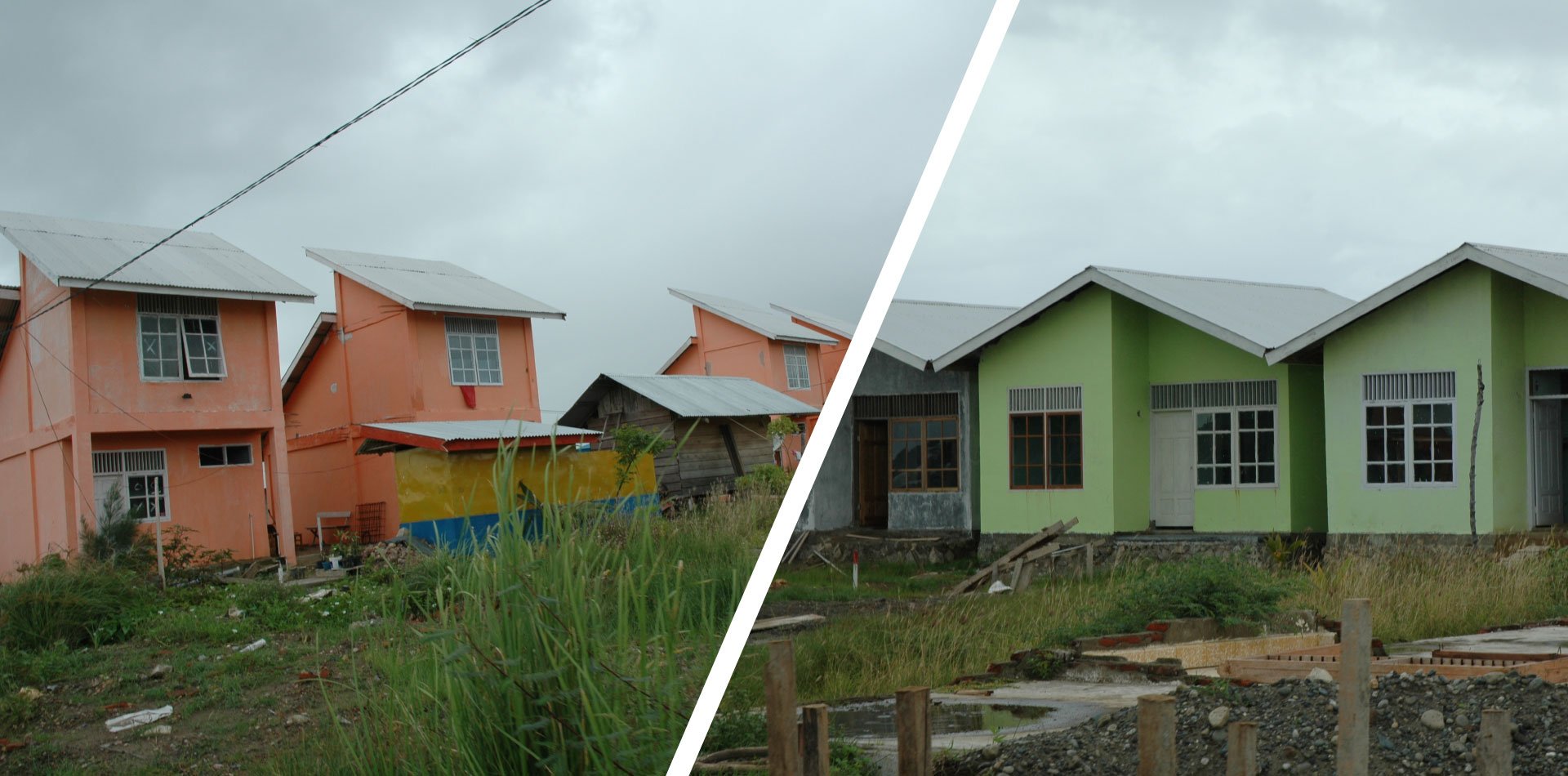
Who Lives Here?
The First Question For Disaster Professionals To Ask. The Answer Makes All The Difference.

CADAN is the
Culture and Disaster
Action Network
We are a growing group of social scientists and practitioners devoted to helping disaster professionals address that first question: Who Lives Here?
The mission of CADAN is to take action that can build and integrate cultural comprehension into the work of disaster risk reduction and disaster recovery. The network also operates as a point of contact for disaster professionals in government, NGOs and non-profits, and the private sector to connect with researchers and educators from academic institutions. CADAN members are available to float ideas, identify collaborators, and create partnerships.
Culture-Centered
Arc of Recovery
In this graphic created by CADAN, we illustrate our fundamental message: putting people first. In disaster recovery contexts, the focus on rebuilding material life continues to overlook how meeting cultural needs can support human resilience. When risk reduction, response and recovery specialists use culture as a lens, they hold the focus on people as integral parts of families, social groups and communities. This approach ensures more efficient use of limited resources and more sustainable, effective outcomes.
The rainbow colors convey common categories of recovery work following disaster. The cultural group at the center of these systems of recovery indicate that local values and practices infuse every category of recovery with relevant meaning.
Our Mission
Attention to culture leads to positive outcomes
Disaster Risk Reduction (DRR) practitioners can learn the methods to prioritize cultural knowledge, inclusiveness, and participatory approaches. CADAN seeks to partner with communities of practice to share this knowledge and to enhance DRR effectiveness.
Who We Are
The Culture and Disaster Action Network (CADAN) is a network of anthropologists, social scientists, and practitioners interested in working to build and integrate cultural comprehension into the work of disaster risk reduction and disaster recovery. The initial group was established in Fall 2016 following a workshop designed to bring academics and practitioners concerned with these topics into conversation geared toward actionable outcomes.
What We Do
The CADAN network operates as a point of contact for disaster professionals in government, NGO’s and the private sector to connect with researchers and educators from academic institutions, to float ideas, identify collaborators, and create partnerships.
Many projects are now underway among subgroups of the CADAN network including the development of a learning module to demonstrate how cultural considerations can be integrated into US-based disaster response and recovery efforts and the development of a flexible, operational plan for integrating culture into disaster risk reduction for use among international disaster specialists. A CADAN team presented “Culture-based DRR” in May 2017 at the UN Global Platform for Disaster Risk Reduction.
With a culturally-based DRR approach, proven models, strategies, templates, and best practices serve as starting points that are then adapted to match the specific cultural system in a particular location.
Every aspect of DRR design, be it engineering, livelihoods communications, or training, must accommodate specific cultural interpretations as integrated into local lifestyles. Culture-based approaches place value on local participation, which leads to useful understandings of beliefs, behavior, and worldviews. An inclusive approach reveals much about community coping mechanisms, cohesion, and safety nets that influence effective program design.
In pre-and post-disaster scenarios, many interests compete to be heard. Culture-based approaches help ensure that the voices of underserved and vulnerable groups are not drowned out by those of elite stakeholders. Women, those with disabilities, the elderly, children, the economically poor, and all vulnerable groups are part of the plan. No one is left behind.
Case Studies
2011 - Tornado, Joplin, Missouri
2011 - Drought, Dollo Ado, Ethiopia
2010 - Earthquake, Léogâne, Haiti
2008 - Drought, Afghanistan
2005 - Hurricane Katrina, Louisiana
2004 - Tsunami, Banda Aceh, Indonesia


